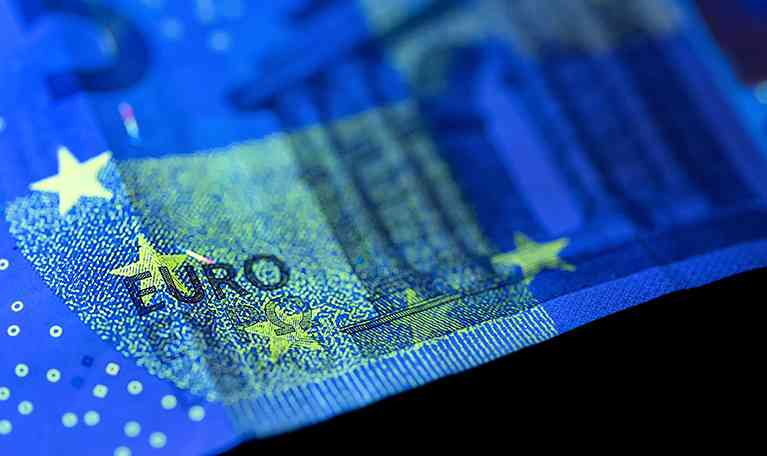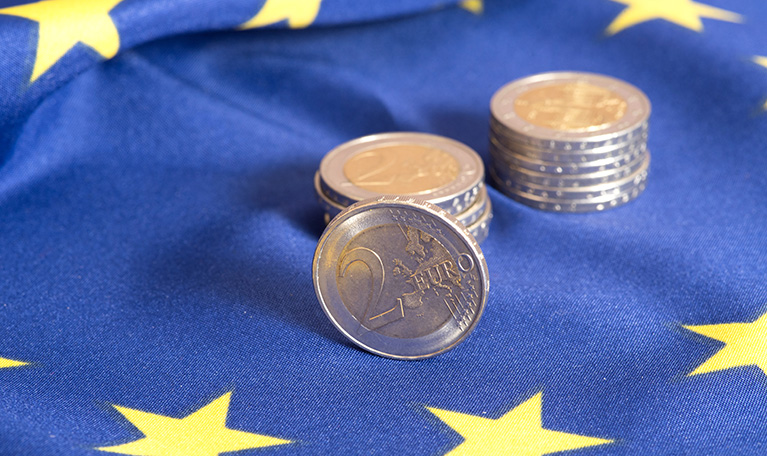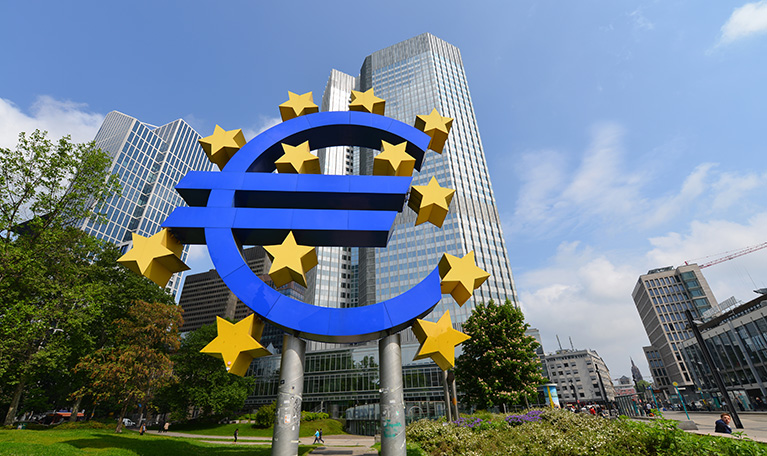The Euro nose-dived following dovish comments at the monthly ECD rate decision, rates as anticipated were left on hold and monetary policy was left untouched, the deposit rate, therefore, remains at -0.4%. The quantitative easing program currently at €30 Billion per month will as outlined drop to €15 billion as of September as the ECB looks to tighten its monetary policy. The quantitative easing is then estimated to cease at the end of 2018.

Whilst this was far from a revelation comments made by Draghi left markets with a lot to be desired and the Euro fell off the back of his comments. During the accompanying press conference, Draghi claimed that ‘significant monetary policy stimulus still needed’ which saw an instant diversion away from the Euro.
Eurozone economy summary
Draghi seemed unfazed by the Eurozone’s recent run of disappointing data insisting that the European central bank expected notable growth across the eurozone. This was despite discouraging purchase manager index data in June, dipping consumer confidence and German IFO index result, all of which would appear to be the hallmarks of a Eurozone slowdown. Markets will now have to wait patiently over the holiday period until the ECB publishes Septembers new forecasts. This will almost certainly highlight whether last month data readings were a blip or a more worrying trend for the Eurozone.
Is trade war already hurting exports?
Speaking at the ECB’s Frankfurt HQ commented of speculation of a trade war and the uncertainties posed by the US Tariffs.
“While uncertainties, notably related to the global trade environment, remain prominent, the information available since our last monetary policy meeting indicates that the euro area economy is proceeding along a solid and broad-based growth path…”
The head of the ECB reiterated their faith in the Eurozone economy despite trade risks. His statement followed a meeting between EU commission head Jean Claude Juncker and the US president. The meeting provided a temporary truce and freeze on tariffs being applied to European car imports.
Eurozone inflation
Appreciating oil prices have boosted Eurozone inflation allowing the reading to approach the all-important 2% marker. Overall inflation of the 19 countries that use the Euro as their currency, experienced an annual inflation increase of 2.0% compared to June last year.
Despite this, the ECB has retained opted to stick with their calm and steady approach. Although a major bonus for the economy the fact that other price rises are yet to contribute to the economies inflation will cause concern. Oil prices have increased roughly 8% year on year having only increased by 2.6 year on year from April.
Future rate rises
When quizzed on the future eurozone interest rate and potential rise Draghi confirmed that rate would remain static for the foreseeable. Clarifying Draghi Stated interest rates would:
“remain at their present levels at least through the summer of 2019”.
As markets had anticipated that rates would have been rising around June 2019, the Euro’s losses were compounded by his comments and potential delaying of a Eurozone interest rate rise.
Six years on from doing ‘whatever it takes’
This month’s rate decision and accompanying speech marked an important milestone for Draghi as it marked 6 years since his declaration of doing whatever it took to keep the Euro together.
Arguably he has delivered despite the cost being €1.2 trillion has indeed saved the Euro; the currency which was ravaged by debt as on the brink of collapse. A week after his monumental speech the ECB devised a program which was never implemented, the Outright Money Transactions program calmed investors and calmed dramatically increasing bond yields, especially those of weaker Euro members.
Although the ECB never moved forward with the Outright Money Transactions program and immediate effect was seen and in 2015 the bond-buying program we have come to know was introduced.
Fast forward 6 years and investors are as bullish on the Eurozone which now provides a steady investment option.
Euro currency movement
An immediate reaction was seen in Euro FX pricing. The single bloc currency losing roughly 0.42% against the US dollar. The Euro to GBP rate also declining despite the UK’s political issues and Brexit uncertainty. The EUR/GBP currency pair losing 0.10% following the Central Bank’s announcement.

